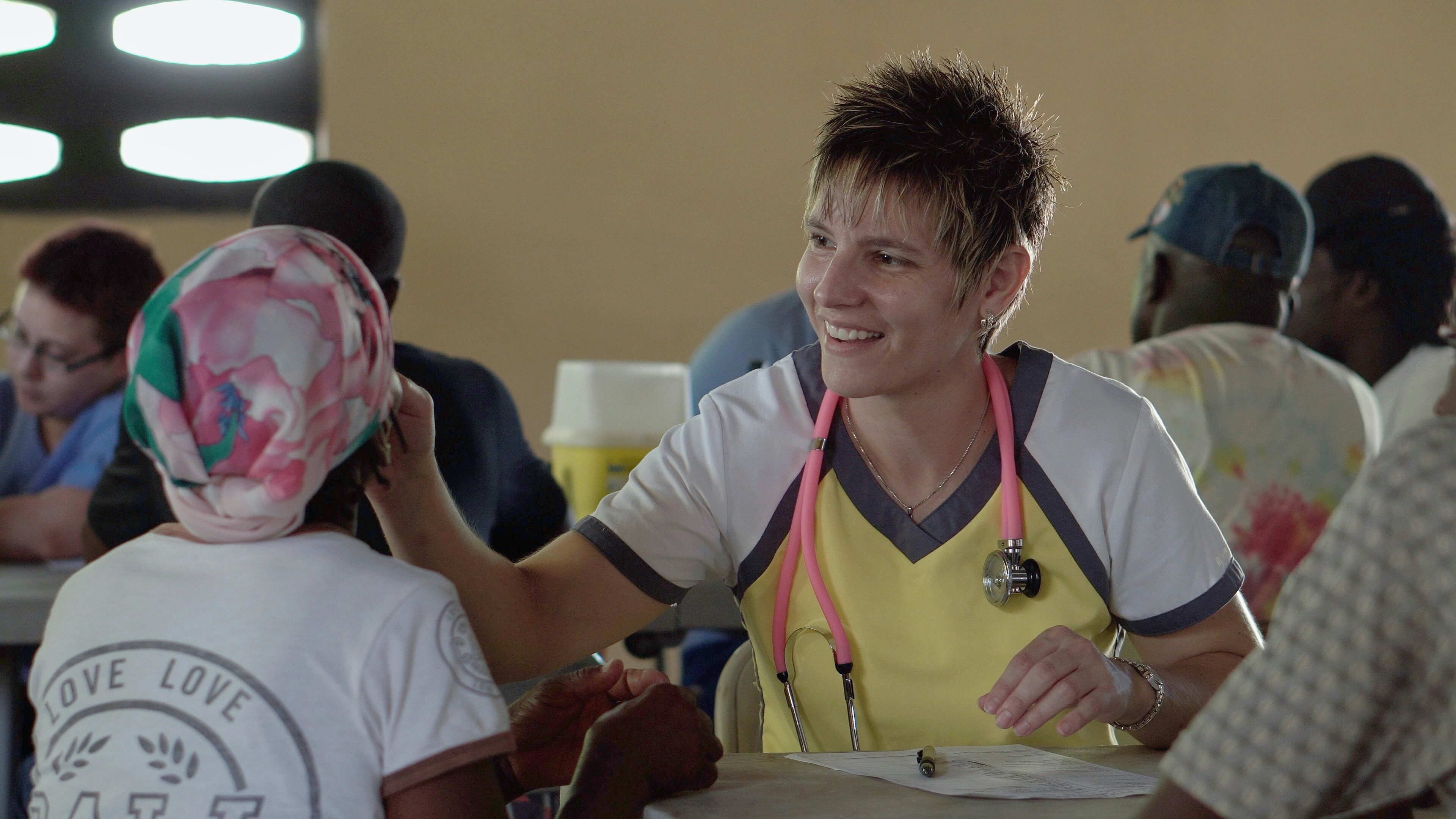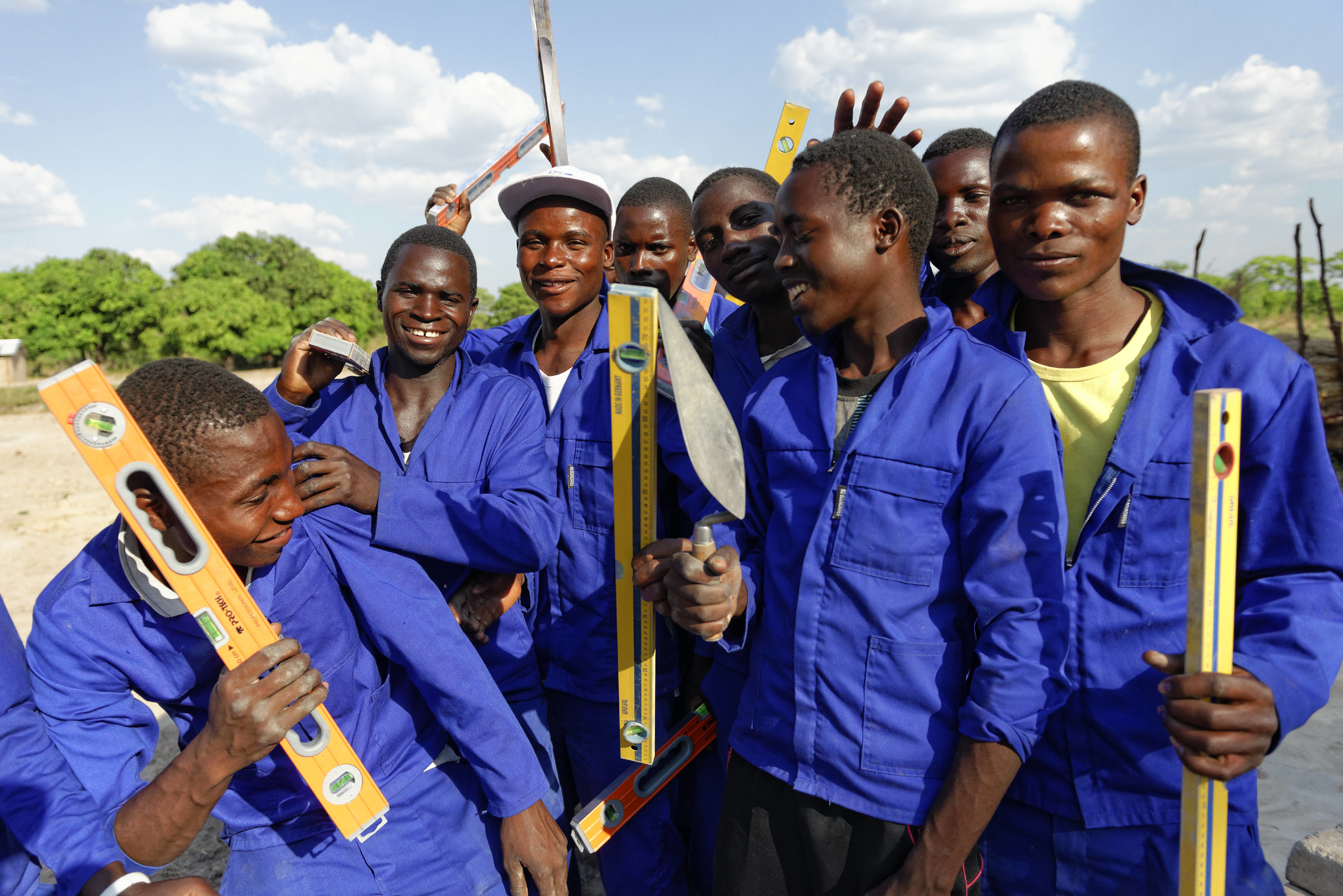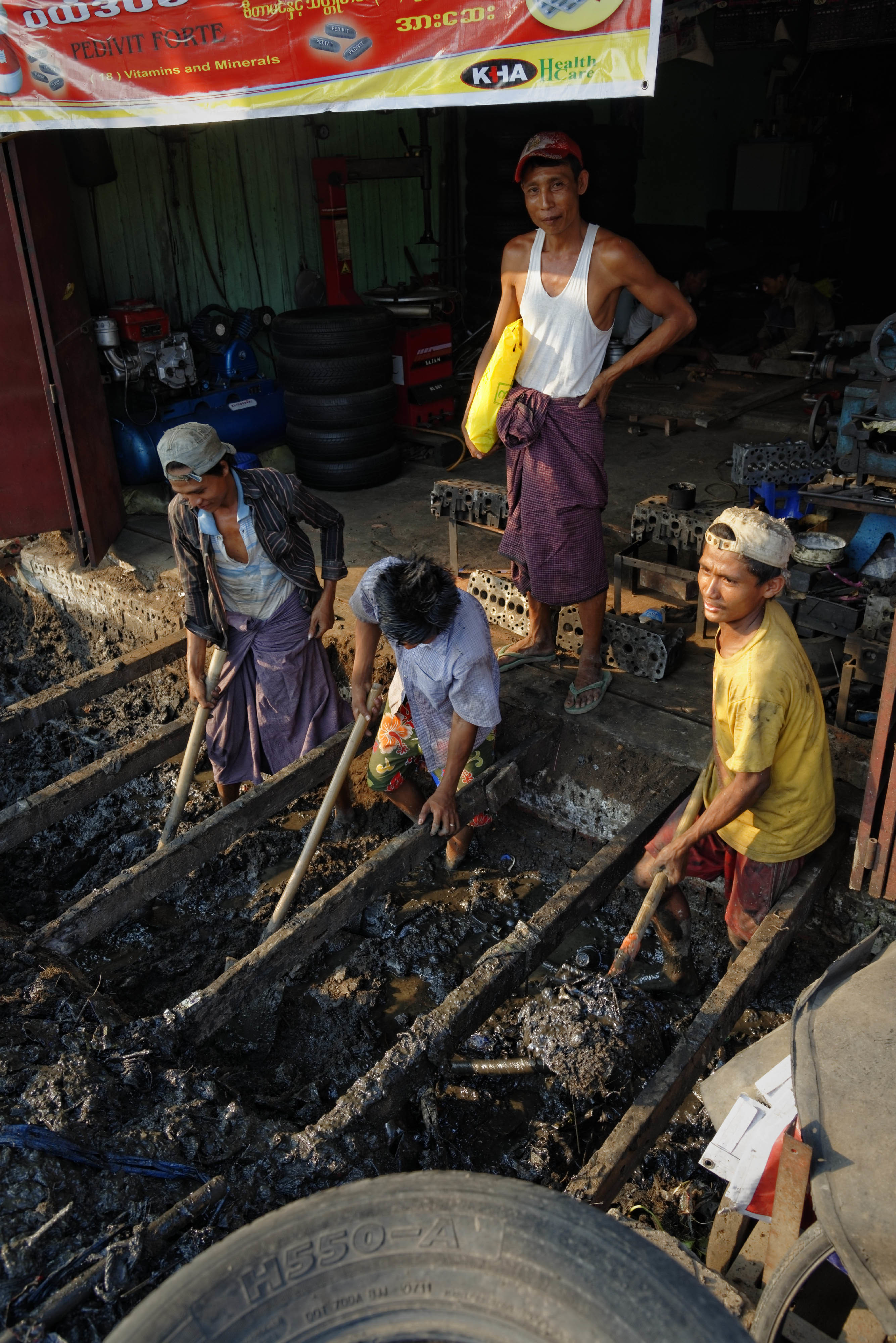Last month marked a significant stride towards gender equality. The Nobel Memorial Prize in Economic Sciences, an infamously male-dominated field, was awarded to Professor Claudia Goldin. This is not simply a nod towards women’s contribution in this field, but also an acknowledgment of the importance of her research which “advanced our understanding of women’s labour market outcomes”. While her research provides a profound understanding of women’s role and the underlying causes of gender inequalities in the U.S. labour market, it is important to recognize that different narratives may emerge in an international context, shaped by diverse social and cultural factors.
This blog provides current global trends in women’s employment across occupations and sectors, pointing to persistent gender-based horizontal and vertical segregation. The underlying data is derived from the ILO Harmonized Microdata Collection and is now available in the Worker and Sector Profiles database (see box for details).
Gender imbalances across occupations and sectors
Unsurprisingly, women still occupy traditionally female roles in the workplace across many sectors and occupations. For instance, occupations related to nursing and childcare exhibit exceptionally high female shares, with figures reaching over 90 per cent. Positions in teaching and education also boast a significant female presence, especially in primary school and early childhood teaching. Similarly, elementary occupations related to cooking and cleaning have high shares of women, as do clerical and librarian positions.
Conversely, certain high-risk occupations, like locomotive engine driving, heavy machinery operations, and ship deck crews, are devoid of female representation. The same can be said of many other plant and machine operators, as well as trades workers and labourers. Meanwhile, the most gender-balanced occupations are often seen among sales workers and business and administration professionals.
There are no surprises either across sectors in terms of where women are the majority. Aside from dominating economic activities in social and health services, women are also over-represented in certain manufacturing industries, such as those related to apparel. In contrast, industries like mining, quarrying, and construction-centric activities continue to be male-dominated. Retail sectors, however, present a more balanced gender distribution.
Care work’s feminine footprint
Many of the occupations and sectors comprised of mostly women are care related. This female dominance is most pronounced in core care occupations, such as childcare, nursing and midwifery, and in sectors related to residential care (e.g., activities in nursing homes) and private households (where domestic workers are employed). Women make up 67 per cent of the global care workforce according to the most recent global estimate based on available data. Particularly, domestic workers employed directly by households have the most significant proportion of women. In countries such as Seychelles, Belarus, Slovakia, and Georgia, at least four in five individuals in care employment are women. Interestingly, care occupations outside the care sector (i.e., personal care workers in the hospitality sector,) as well as non-care occupations in the care sector (i.e., administrative staff in care homes, hospitals, or clinics) appear to have a more balanced gender distribution.
The stubborn gendered nature of care work has had severe implications for women’s labour market outcomes, economic independence, and broader gender equality. As the global demand for care increases due to factors like changing family structures, population ageing and climate change, there is an urgent need for adequate and gender-transformative care policies to address the growing care demands and to mitigate constraints on women’s labour force participation and equal representation in society and decision-making. Failure to address these evolving needs might further accentuate gender inequalities in the workforce and place an additional burden on the already strained care workers, especially in the aftermath of COVID-19 pandemic. Last month also marked the first celebration of the UN International Day for Care and Support, which highlights the importance of investing in care to achieve gender equality and social justice.
Breaking boundaries for women in STEM
The Science, Technology, Engineering and Mathematics (STEM) workforce has been male dominated for a long time, but there is evidence that this is changing. Two in five STEM workers are now women according to the most recent global estimate based on available data. Some countries including Mongolia, Belarus and Lesotho are now leading the charge with female representation in these occupations, with women comprising more than half of STEM employment. However, on the flip side, countries including Pakistan, the United Arab Emirates, Burkina Faso, and Iraq still have a considerable journey ahead, with women constituting less than a quarter of their STEM workforce.
The inclusion of women in STEM occupations is essential to nurture diverse perspectives from well-rounded workplaces, rectifying historical gender inequalities, spurring economic growth via innovation, inspiring future generations, addressing intricate global issues, and championing inclusiveness and fairness. So, while there has been some improvement, women remain significantly underrepresented in a number of STEM occupations, particularly those related to technology and engineering. For example, women represent only around 10 per cent of civil engineers and software developers. In fact, the information and communication technology (ICT) sector still has less than a quarter of women and the gender wage gap is often high in this sector.
Women's slow climb to management positions
While women have made some strides in STEM employment, challenges remain for their career advancement. Only 36 per cent of senior and middle management roles are held by women. Furthermore, women predominantly hold management roles in areas traditionally viewed as female centric. For example, 89 per cent of childcare service managers and 78 per cent of aged care service managers are women. Conversely, a mere 1 per cent of mining managers are women, unsurprisingly given the mining sector is male dominated. Meanwhile, there is a more balanced gender representation for managers in public relations, human resources, finance, and business services, where women hold almost half of these managerial positions. Notably, only about one-fifth of managing directors and chief executives are women. These findings reflect not just a gap in numbers but, more importantly, in opportunities, empowerment, and perceptions.
Tourism’s potential for women's empowerment in local economies
Tourism stands out as a vibrant sector, buzzing with opportunities for women and youth. Despite being recognized for its labour-intensive nature, tourism has become a beacon of hope for women – many of whom rise to become entrepreneurs – in various corners of the world. Moreover, it serves as an economic diversification catalyst, especially in secluded rural and remote areas. In particular, the food and beverages sector as well as the accommodation sector lead in female employment. However, jobs in these sectors often come with their own set of challenges. They are predominantly characterized by self-employment, smaller enterprises, higher rates of informality, and generally lower wages and productivity.
Conclusion
Navigating the global gender dynamics in the workforce reveals both progress and challenges. Professor Claudia Goldin’s Nobel recognition emphasized the importance of women’s roles in labour markets. From our exploration of occupational and sectoral trends, the narrative is clear: there are fields where women lead, areas where they’re just stepping in, and some where they’re still largely absent. Remarkably, traditional views and patterns persist, with limited signs of change – be it in STEM occupations or managerial positions. As we navigate towards a more equitable future, it’s vital to keep the dialogue alive, challenge norms, and most importantly, celebrate every stride towards gender parity. Every figure, every statistic, and every story holds the potential to inspire change and set new milestones in our collective pursuit of equality.
Announcing the Worker and Sector Profiles database
The analysis presented in this blog is based on data now available in the Worker and Sector Profiles (PROFILES) database. The database focuses on groups of workers for which there is high interest but no internationally agreed statistical definitions. The selected groups of workers are defined using the International Standard Industrial Classification of All Economic Activities (ISIC) and/or the International Standard Classification of Occupations (ISCO) and estimates are produced from household surveys in the ILO Harmonized Microdata Collection.
The PROFILES database currently covers the following groups of workers:
- Paid care workers
- Workers in STEM occupations
- Public sector workers
- Tourism sector workers
The data series cover a range of topics, including employment, informality, working time, and earnings. Country coverage and length of the time series vary depending on the availability of household survey microdata and whether the variables for occupation and/or economic activity are available and sufficiently detailed to derive estimates based on the chosen definition.
For information on the concepts and definitions, refer to the PROFILES database description.
Authors
-

Donika Limani
Donika works as a Statistician at the Data Production and Analysis Unit of the ILO Department of Statistics. An economist by training, her research focuses on labour economics, migration and child labour.
-

Marie-Claire Sodergren
Marie-Claire is a Senior Economist in the Data Production and Analysis Unit of the ILO Department of Statistics.












